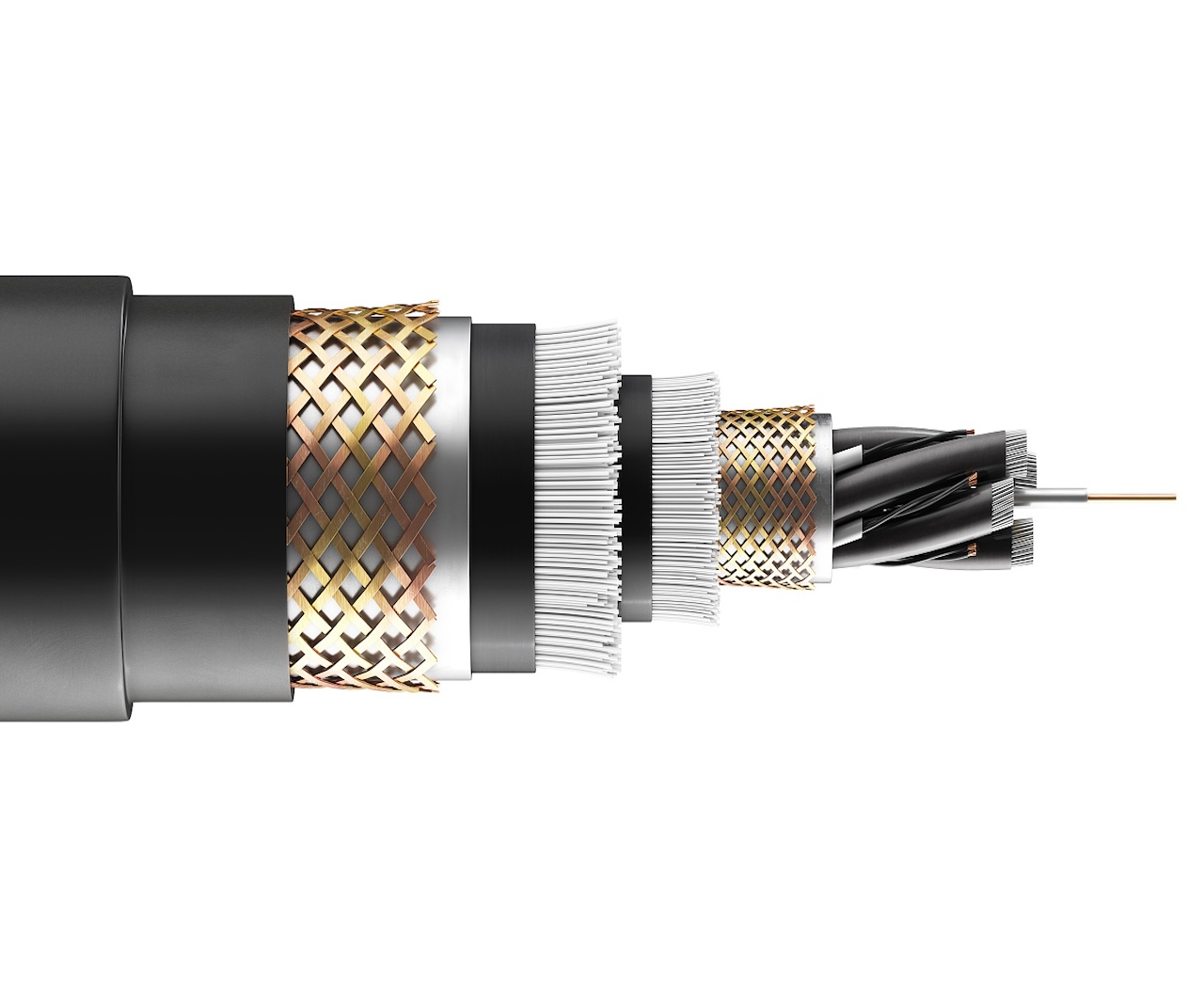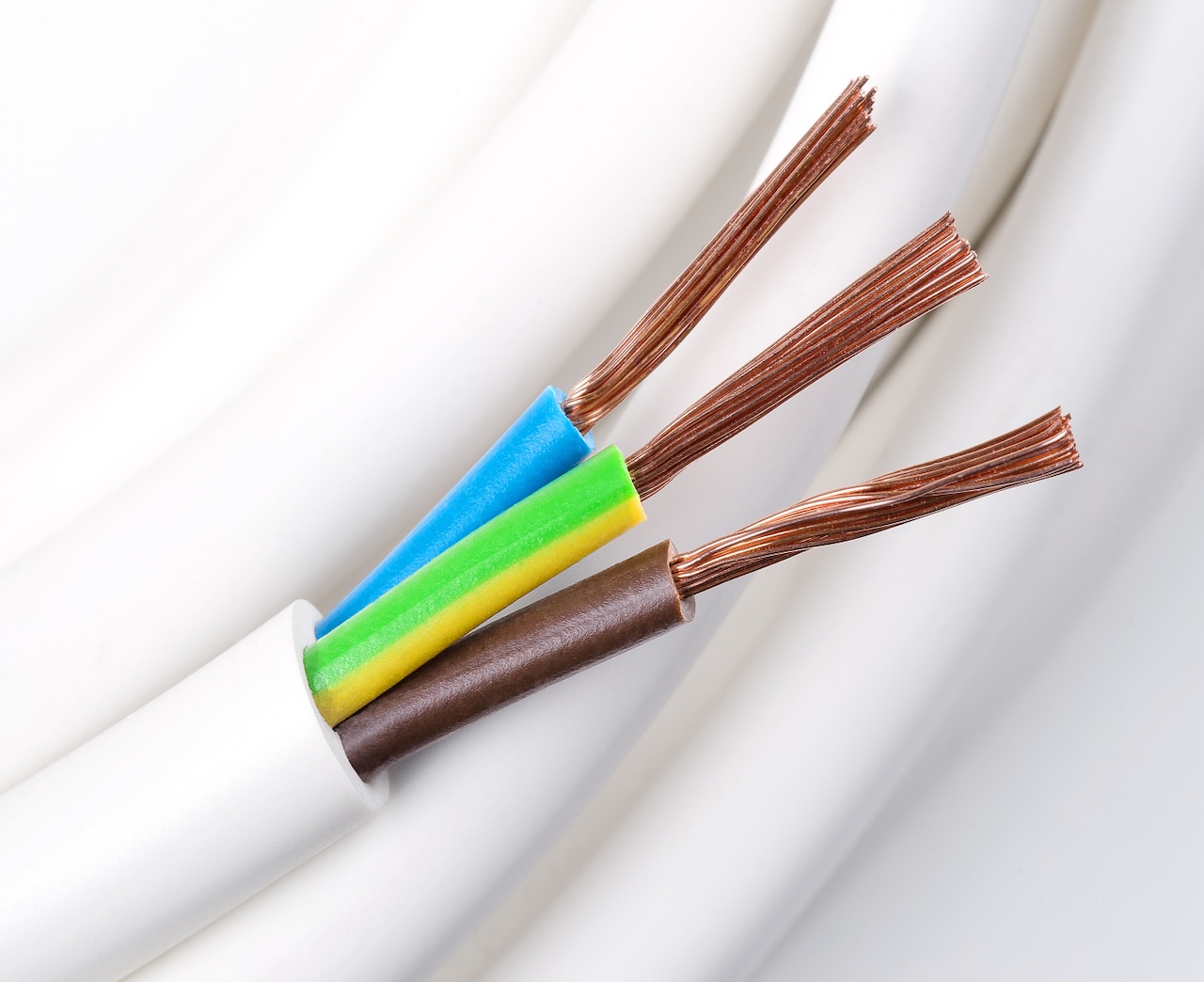Difference of armored cable and unarmored cable
Sep 07, 2024Armored cable and unarmored cable are two common types of power cables, and they have some differences in structure and application.
1. Structural differences:
- Armored Cable: Armored cables use a metal armor layer to wrap the insulation layer and conductor, usually made of steel or aluminum tape. This metal armor layer provides additional protection, giving the cable higher mechanical strength and tensile resistance. Armored cables are generally used in application environments that require resistance to external forces, wear resistance, or protection, such as buried installations, outdoor or industrial sites.
- Unarmored Cable: Unarmored cable refers to a cable without a metal armor layer, only an insulation layer and a conductor. This cable is generally used for indoor installations or environments that are not threatened by mechanical damage. Unarmored cables are mainly used in low-risk applications, such as residential, commercial buildings, etc.

2. Application differences:
- Armored Cable: Due to its higher mechanical strength and tensile resistance, armored cables are often used in application scenarios that require better protection. For example, armored cables can provide better durability and anti-interference capabilities in harsh environments such as industrial equipment, oil fields, mines, and construction sites.

In general, armored cables are suitable for harsh environments that require a higher level of protection, while unarmored cables are suitable for relatively mild indoor and low-risk application scenarios. Choosing which type of cable to use depends on the specific application requirements and environmental conditions.
We can provide different types of power cables, welcome to consult Product lists.